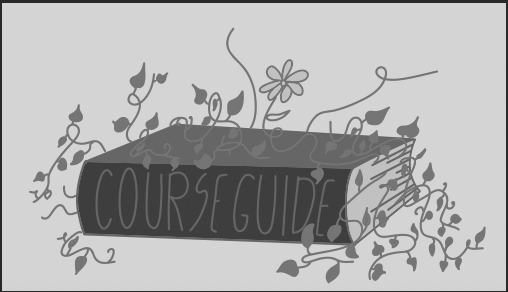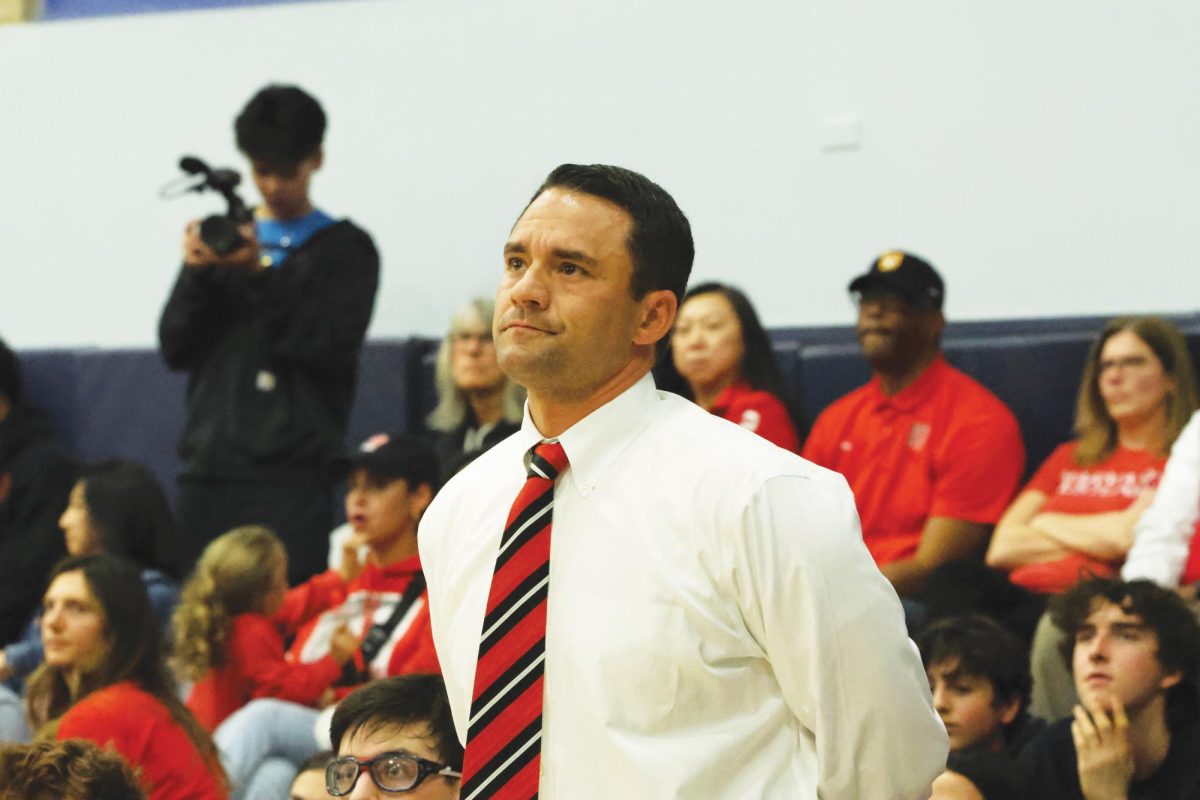By Andrew Schein
When I grabbed the camera and ran out onto the field, I assumed an athlete had been injured.
An ambulance rolled onto the field. A large crowd gathered â football players, cross-country runners, and passersby. No athlete was injured, but a senior boy was being treated by paramedics in the trainersâ office.
As I waited outside to capture a picture of the student, his classmates reacted with outrage at the thought that I would photograph his pain. A few stuck up for my right to document, but most were disgusted, and those who knew the student well lobbied me through tears.
“Andrew, you canât do this,” said a friend of his, noticing my camera. “Thatâs my friend in there.” She was desperate and eyeing me fearfully.
I told her that I take pictures of everything and decide what to print later.
“F***ing Chronicle,” another girl said.
In 10th grade, my journalism teacher showed a film of heroic journalists taking Pulitzer Prize-winning photos. One photoâs subject begged not to be photographed. She was in danger of drowning in a flood. The photographer took the pictures anyway. The drowning girlâs problem was not the photos, but the flood water. The girl lived, and the pictures were used later in news stories chronicling her rescue.
A photojournalistâs job is to take good pictures of a news event, no matter how heartbreaking. Still, I had never been comfortable with those stories and that job description.
Here I was, with a drowning child about to roll out. He wouldnât be screaming at me to stop, but his proxies were. It was hard to tune them out, and I didnât want to. I didnât want to be the stereotypical cold journalist. But I wouldnât give in to the pressure to put down my camera. I wouldnât let my emotions rule. I made sure the camera was on, ready to go.
A minute later, the paramedics rolled the student down the hall. He sat in a wheelchair, seemingly asleep. I began snapping the photos. Click. Click. He was 10 feet away from me when he opened his eyes. Dazed, his eyes shot in and out of focus. He looked at one of the paramedics rolling him forward, and then he turned his eyes to the kid with the camera. He grinned grimly. Click.
Iâll never get that picture out of my head.
I put down the camera, looked him in the eye, tried to give my best face of sympathy and nodded to him. It was a pathetic gesture. As if I could empathize.
I continued photographing. Click. Click. In my mindâs eye, I could still see the student grimacing. I loosened my grip on the camera and let the neck strap catch its fall. I sat down on the ground, stared ahead, and finally allowed myself to feel. They loaded him into the ambulance and shut the doors.
Shaken, I lay down on the concrete and wondered if I should delete the digital pictures. I was most concerned about running pictures with his face. As it happened, the newspaper staff shared my worry, and we deleted those pictures that night. We discussed whether there was a story to run and decided to wait until we had more information.
Should I have taken the pictures? Yes. News photographers take photos as events happen. Itâs our job. Standing outside the trainersâ office with a camera was no different from the hundred other students standing there and watching the scene. I wouldnât know if my photos were publishable until I had more facts.
Kathy Neumeyer, my journalism teacher, said that I was wrong to take a picture of his face, that such an intrusion was one I neednât have committed.
I disagree. As a photographer, I canât pick and choose. I must react in the moment. Journalists must gather as much information as they can. The ramifications of such information can be considered later.
When the New York Times published the Pentagon Papers, Richard Nixon tried to stop publication. The Supreme Court ruled against Nixon, arguing that “prior restraint” of the press was not constitutional. Just as prior restraint is wrong, self-censorship of picture-taking is wrong. Journalists shouldnât self-censor until they decide what to publish. Newspapers undertake painstaking deliberations on the question of what to print. We photograph almost everything. We print only a fraction of our photos.
The Chronicleâs duty is to report and photograph the news, and that responsibility entails making unpopular decisions.
We donât invade privacy in print, though. We hold back, because we have a responsibility to the school communityâs sense of security. We are not maniacal about publishing attention-grabbing stories, and we are not bent on destroying lives.
Unlike professional newspapers, where journalists are mostly unacquainted with their subjects and have no conflict of emotion, this injured boy was my classmate. I was caught between my duty to document and my duty to protect him. I have done both, in taking pictures and withholding them.





































